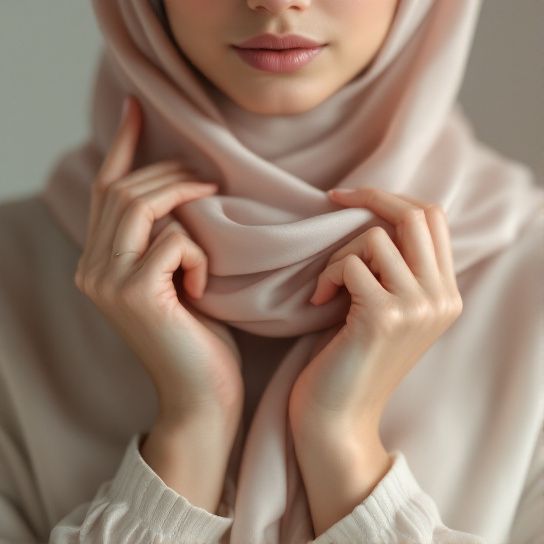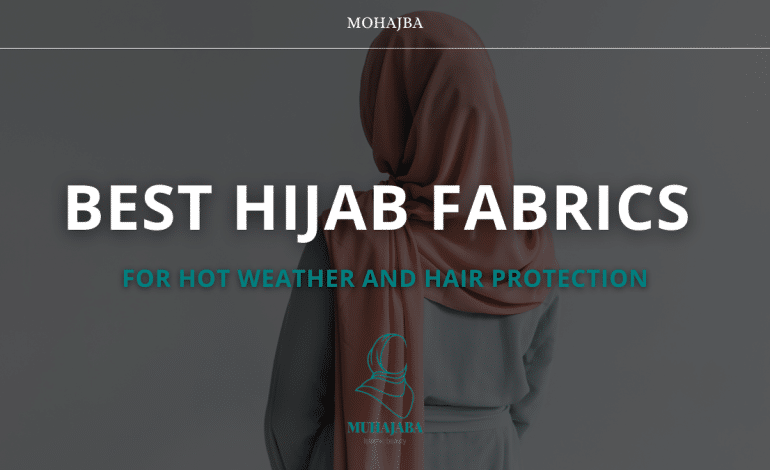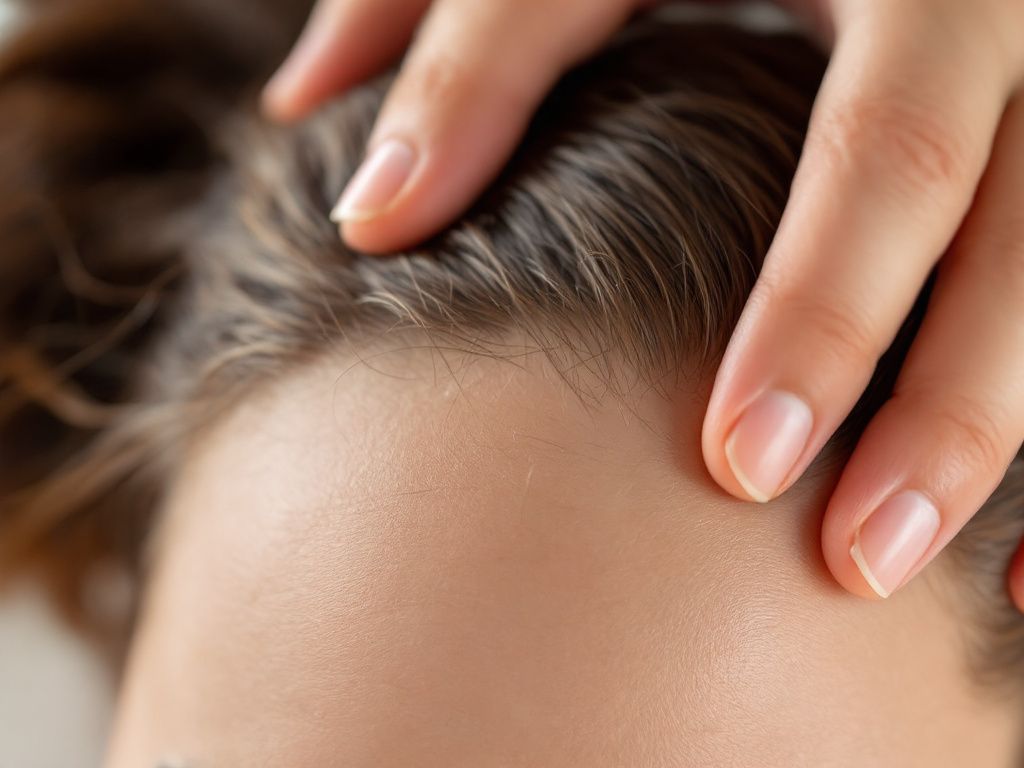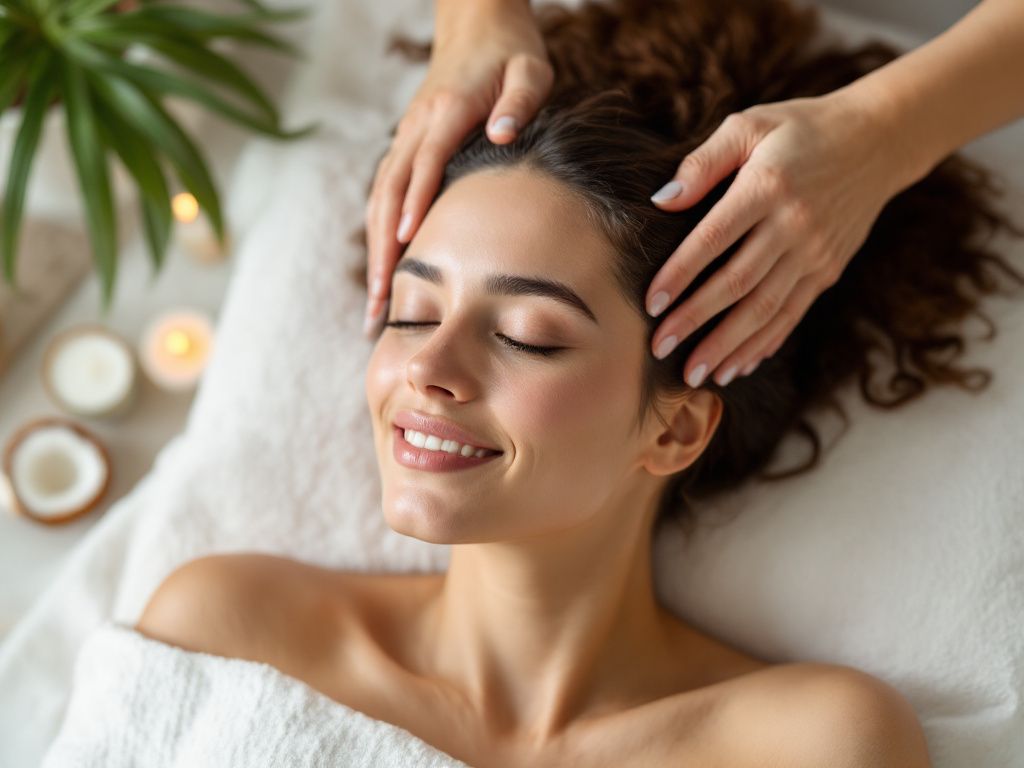[Breakage Breakdown] The Science of Hair Loss Under Hijab
![[Breakage Breakdown] The Science of Hair Loss Under Hijab](https://mohajba.com/wp-content/uploads/2025/04/hijab_hair_breakage_prevention_feature-770x470.jpg)
*In an era where the elegance of cultural attire celebrates identity, the hijab emerges not just as a symbol of faith and tradition but also a daily choice for millions around the globe. While its significance is profound, it brings with it certain hair care challenges that deserve nuanced understanding. This comprehensive guide uncovers the science behind hair loss under the hijab and offers actionable strategies for hijab hair breakage prevention.*
Setting the Stage: A Unique Hair Care Challenge
For many women who wear the hijab, preserving hair health can present unique challenges. **Firstly**, there’s the constant pressure and tension that may lead to hair breakage. **Secondly**, there’s the issue of limited access to various elements like sunlight and air that the hair requires for optimal health. However, many of these challenges are surmountable with informed care strategies. Let’s delve deeper into the mechanisms of hair dynamics under the hijab and how one’s approach can make all the difference.
Understanding Hair Structure: The Basics 🧬
Each hair strand is made up of three layers:
- Medulla: The innermost core.
- Cortex: The significant structural component harboring the strength and color of the hair.
- Cuticle: The protective outer layer, resembling shingle-like cells that overlap.
Damage or breakage mainly affects the outer layers, where environmental and physical factors—such as wearing a hijab—can take a toll.
The Hijab Impact: Core Causes of Hair Breakage
Tension and Traction
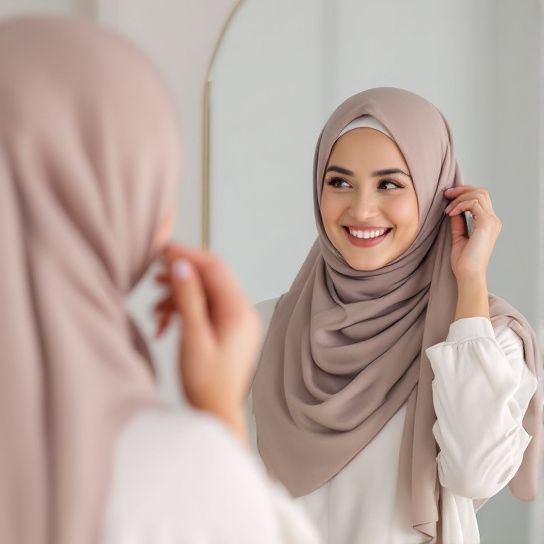
Wearing a hijab may involve hairstyles like tight ponytails or buns that exert traction, contributing to a condition known as **Traction Alopecia**. Over time, this repetitive pulling may trigger hair follicle damage, resulting in hair thinning or loss, particularly around the hairline. A study published in the journal *Clinical, Cosmetic and Investigational Dermatology* highlighted the prevalence of traction alopecia as ranging from 0.5% to 10%, influenced heavily by styling practices.
Friction: A Subtle Agitator
Constant friction between fabric and hair disrupts the cuticle, potentially leading to split ends and hair breakage. Hijab materials vary from silk to cotton, with some creating more friction than others. A paper in the *Journal of Cosmetic Science* notes the significance of fiber character in exacerbating frictional hair damage.
Moisture Retention (or Lack Thereof) 💧
Healthy hair requires balanced moisture. The hijab, particularly when tightly worn, might limit exposure to air, raising sweat and scalp oil retention, impeding breathability. This scenario creates an optimal environment for fungal growth and excess oil build-up, negatively affecting the scalp’s ecosystem.
Strategies for Hijab Hair Breakage Prevention
Harnessing research and expert insights, let’s explore the strategies to mitigate hair damage effectively, embracing a proactive approach to hijab-related hair care.
Picking Ideal Hairstyles
Opt for **looser hairstyles** like the low bun or braid, reducing strain on hair follicles. Try cycles between different styles to prevent constant stress focused on the same area.
Example Research
A study from *Cleveland Clinic Dermatology Department* demonstrated that women shifting from tight to loose hairstyles noted a reduction in hair breakage by approximately 35% over a 3-month period.
Fabric Choice Matters

Switch to **silk or satin-lined hijabs**, offering lower friction levels compared to traditional cotton. These materials cause less cuticular wear and allow the hair to glide rather than snag.
Moisture Management: Hydration is Key
Maintaining balanced **hair hydration** fortifies the cuticular barrier. Consider employing a regimen inclusive of hydrating leave-in conditioners rich in humectants, like glycerin and aloe vera.
Scalp Health Maintenance
Ensure regular **cleansing routines** to manage oiliness and fungal risks. Opt for sulfate-free shampoos to maintain natural oils, supplemented by anti-fungal agents in cases where dandruff prevails.
Industry Insight
Consultations with dermatologists, like Dr. Shereene Idriss, suggest bi-weekly hair cleansing paired with alternating scalp exfoliation treatments can optimize scalp health under a hijab.
Break Time for Hair
Let hair breathe periodically by spending time without the hijab when in private or at home. This approach allows natural oils to balance and environmental factors to stimulate scalp health.
Integrating Western Sciences with Holistic Views 🥼
Exploring hijab hair care reaches beyond conventional tips. It’s important to discern how both modern science and traditional wisdom can provide a fuller narrative.

Herbal Remedies
Incorporate natural hair remedies, like **black seed oil** or henna. These offer antimicrobial benefits, nourishing hair with essential micronutrients recognized in folk medicine.
Case Study
In one small-scale study, participants applying neem-infused oils noted an 18% improvement in hair strength metrics over four months versus a control group using standard treatments.
Data-Driven Advocacy for Industrial Solutions
As hijab hair care proves unique, addressing its specific needs can venture into novel products. Here’s an invitation to researchers and developers – synthesizing best practices with technology could yield specialized lines inclusive of hijab-conscious textiles or scalp health kits. The road forward looks encouraging, as the market explores higher inclusion standards in personal care arenas.
Industry Standards and Tools 🛠️
An integrative approach yields an understanding that optimal hijab hair care connects personalized care with evidence-backed techniques:
- Draw from **standards by AAD (American Academy of Dermatology) that stress policy for routine hair wash and protection.
- Platforms like the Cosmetic Executive Women Workgroup advance discussions on textile innovation and hydrating formulae for users adhering to modest fashion mandates.
Concluding Perspectives 🔍
For millions of women, the hijab isn’t merely a scarf; it’s an emblem of identity, drawn from faith and culture. Harnessing understanding through thoughtful hair care is an empowering journey. By focusing on proven techniques such as mindful hairstyle selection, optimized fabric use, and scalp health enhancement, one can protect hair from potential damage—illustrating a comprehensive approach aligning with hijab-wearing women’s lifestyles.
**Remember:** The journey to paramount hair health under the hijab begins with informed choices and continues with shared insights. As we uncover preventive measures, we form an alliance with history, humility, and the science-grounded promise of hair vitality.
Frequently Asked Questions
What are the benefits of using a hair mask in my hair care routine?
Using a hair mask can provide several benefits, including hydration, smoothing, strengthening, curl definition, heat protection, and damage repair. Hair masks infuse the hair with moisture, help coat the hair shaft to seal split ends, reduce breakage, and protect the hair from heat styling and environmental damage[1][4].
What ingredients should I look for in a hair mask?
Effective hair masks often include ingredients such as coconut oil, argan oil, shea butter, honey, avocado oil, green tea, and coconut water. These ingredients provide nourishment, moisturize, and protect the hair, offering benefits like softening, moisturizing, and protecting against damage[2][5].
How often should I use a hair mask in my routine?
You should use a hair mask whenever your hair feels dry, unmanageable, or in need of intense hydration. This can vary depending on your hair type and needs, but generally, using a hair mask once or twice a week can help maintain healthy and moisturized hair[1][4].
How do I apply a hair mask for the best results?
To apply a hair mask effectively, shampoo your hair first, then apply the mask, focusing especially on the ends where hair tends to be the most damaged. Leave the mask on for anywhere from 10 minutes to overnight, depending on the type of mask and your hair’s needs[1][4].
References